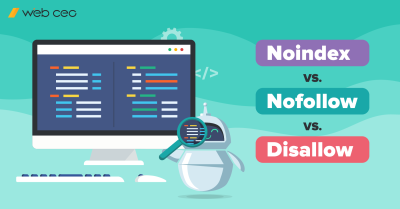
Google has said the Google Panda algorithm update was designed to reduce rankings for low-quality sites and provide better ranking for high-quality sites. Website quality factors are a hot topic again as Matt Cutts of Google announced that the Panda algorithm will soon be more integrated into their overall continuous algorithm updates.
This news is good for all of us who create and promote high-quality websites, but who may, nonetheless, suffer from severe Google updates. The integration of Panda with the regular algorithm also means site owners hit with panda won’t have to wait a month or more to see positive changes on their sites after they have fixed all problems.
Google’s Page Quality Guidelines
Good content.
You should already be tired of all the “Content is King!” declarations, because this truth should be second nature to you by now. Google likes good content and ranks it higher. Why? Because articles created by experts present factual content of near professional quality. You need time to create good content: you should write it, then edit, then review and update.
Invest time and money in your content and it will pay you with higher rankings, prove your authority and build your brand reputation.
Good website reputation.
Google had to roll out the Google Penguin algorithm update to cope with the many websites that were violating its Webmaster Guidelines. It should be no surprise that black-hat techniques will ruin your reputation both in the eyes of the search engines and visitors. Things to avoid: keyword stuffing, cloaking, participating in link schemes and buying links, deliberate creation of duplicate content.
Invest time in gaining real links: promote your best articles, post infographics, publish whitepapers and research papers, create cartoons, or any other content people would like to link to. Use social media for building your reputation. Backlinks from your social media profiles are valuable and free.
To ensure your site is ready for Panda review, use WebCEO Website Audit. It can help you identify pain points of your content content quality, backlink profile, and overall website health.
Good website structure.
People hate to lose their way on websites and so do search engine bots. Make your site’s navigation clear and it will give your human and bot visitors a better experience. Avoid an excessive amount of ads above the fold. Early in 2012, Google announced a change called the “page layout algorithm,” also known as “ad above the fold,” to penalize sites with too many ads that appear above the fold.
Check how much useful content (useful for visitors) you have on a page before your ads. We know, ads bring you money, but too much advertising may decrease your ranking and lower rankings mean fewer visitors.


